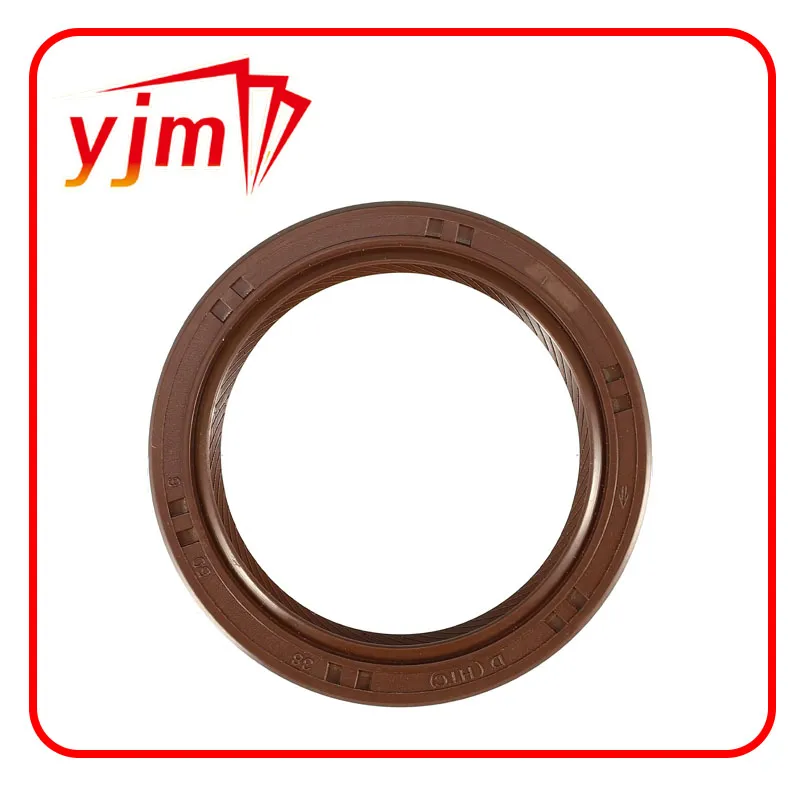o rings and seals
Understanding O-Rings and Seals Essential Components in Modern Engineering
O-rings and seals are fundamental components in a wide array of applications across various industries, including automotive, aerospace, manufacturing, and consumer products. These components are crucial for maintaining the integrity of systems that must contain fluids or gases under pressure. In this article, we will explore the significance of O-rings and seals, their types, materials, applications, and best practices for selection and maintenance.
What are O-Rings and Seals?
O-rings are circular loops of elastomeric material that are used as sealing devices. They are named for their O shape and are designed to fit into a groove, creating a seal when compressed between two surfaces. Seals, in a broader sense, encompass a variety of devices, including gaskets and other forms, that serve to prevent leaks.
Importance of O-Rings and Seals
The primary function of O-rings and seals is to prevent the escape of fluids or gases from a system. This is critical in applications where even the slightest leak can lead to costly failures, safety hazards, or environmental concerns. For example, in the automotive industry, O-rings are commonly used in engines to prevent oil leaks, while in aerospace, they play a vital role in ensuring the airtightness of spacecraft components.
Types of O-Rings and Seals
There are various types of O-rings and seals, each suited for specific applications
1. Standard O-Rings The most common type, used in general applications. 2. Backup Rings Used in conjunction with O-rings to prevent extrusion in high-pressure applications. 3. X-Rings These have a four-lobe design and offer better sealing characteristics in certain applications compared to traditional O-rings. 4. Gaskets Flat seals that fill the space between two or more mating surfaces to prevent leaks. 5. Lip Seals Often used in rotating shafts to keep lubricants in and contaminants out.
Materials Used in O-Rings and Seals
o rings and seals

The performance of O-rings and seals heavily depends on the materials used in their manufacturing. Common materials include
- Nitrile Rubber (NBR) Known for its excellent resistance to oil and temperature variations, making it ideal for automotive applications. - Fluoroelastomers (FKM) Resistant to high temperatures and aggressive chemicals, suitable for demanding environments like aerospace. - Silicone Offers good flexibility and can withstand extreme temperatures, making it suitable for applications involving food and pharmaceuticals. - Polyurethane Known for its abrasion resistance, this material is often used in dynamic applications.
Selecting the Right O-Ring or Seal
Choosing the right O-ring or seal involves several considerations
1. Application Environment Assess the fluid or gas being contained, including its temperature, pressure, and chemical compatibility. 2. Material Properties Select a material that not only withstands the operational environment but also lasts over time without degrading. 3. Size and Tolerance Ensure that the dimensions meet the design specifications for an effective seal. 4. Installation Techniques Proper installation is key to achieving a reliable seal. Consider factors such as alignment and compression.
Maintenance and Best Practices
Regular inspection and maintenance of O-rings and seals can significantly enhance their lifespan and performance. Here are some best practices
- Routine Checks Regularly inspect seals for wear, cracks, or hardening. - Avoid Contaminants Keep the sealing surfaces clean and free from debris that can compromise the seal. - Use Lubricants Wisely In dynamic applications, proper lubrication can minimize friction and wear. - Follow Manufacturer Guidelines Adhere to specifications regarding installation and maintenance provided by manufacturers.
Conclusion
O-rings and seals are integral to the reliable operation of countless systems across different sectors. Understanding their importance, selection criteria, and maintenance practices is essential for engineers and technicians alike to ensure optimal performance and safety. As technology advances and applications evolve, the development of new materials and designs for O-rings and seals will continue to play a crucial role in engineering innovation.
-
Simplifying Oil Changes: A Comprehensive Guide to Oil Drain Plugs and Their Variants
News Aug.04,2025
-
Mastering Oil Drain Maintenance: Solutions for Stripped, Worn, and Upgraded Oil Plugs
News Aug.04,2025
-
Fixing Oil Pan Plug Issues: Leaks, Stripped Nuts, and the Right Replacement Solutions
News Aug.04,2025
-
Everything You Need to Know About Oil Drain Plugs: Sizes, Fixes, and Upgrades
News Aug.04,2025
-
Choosing the Right Oil Drain Plug: A Guide to Sizes, Materials, and Drain Innovations
News Aug.04,2025
-
A Complete Guide to Automotive Drain Plugs: Types, Problems, and Innovative Solutions
News Aug.04,2025
-
The Ultimate Guide to Car Repair Kits: Tools and Essentials Every Driver Should Own
News Aug.01,2025
Products categories















